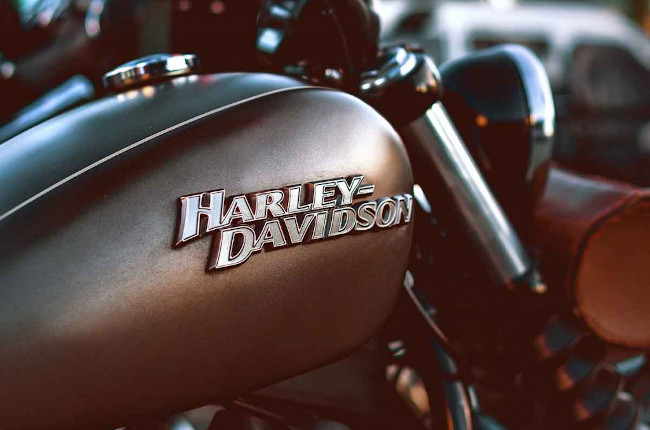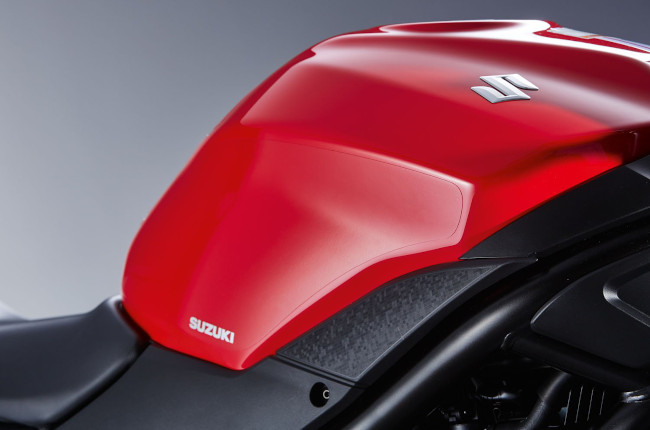What should I do if my motorcycle's fuel tank begins to rust?
There are quite a few ways to solve this problem.

If you own an older model motorcycle, especially one with a steel fuel tank, then chances are you’ve noticed some rust forming on your bike’s fuel tank. Or maybe, your motorcycle’s tank has already sprung a leak due to corrosion from the inside. Either way, rust is one thing that can transform your ride from your ultimate dream machine to an expensive paperweight that doubles as a fire hazard.
If you’ve begun to notice some rust forming on your motorcycle’s fuel tank, or if your tank already has a leak due to rust, then maybe you could pick up a thing or two from this article on how to repair your rusty fuel tank, and prevent it from rusting again.
How can I tell if rust is about to form?

As the saying goes, it’s always best to tackle a problem in its early stages. The same is true when it comes to rust, not just on your bike’s fuel tank, but on other parts as well. So, how can you tell if rust is about to form, or if rust has already formed beneath the surface of the paint? Well, keep an eye out for bubbles in the paint, as well as regions wherein the paint has begun to lift. Key areas where this could happen would be around your filler cap, the bolts which hold your fuel tank to the frame, as well as the area where your saddle meets the fuel tank.
If surface rust has begun to form, you’re going to need to whip out some sand paper, anti-rust spray, and spray paint which matches your bike’s color. Start by sanding away at all the rusted surfaces until they’re smooth to the touch. Afterwards, make sure you clean the area with a clean towel and some isopropyl alcohol. Apply a few coats of the spray-on rust-proofing, let that dry, then finish off with your spray paint and a couple of layers of clear coat to give your repair a like-factory finish.
What if my tank is leaking?

If your fuel tank has begun to leak, then your repair has just become a lot more complicated and time consuming. There are two ways to approach this problem. If you have the budget, you may want to take your bike to your nearest authorized dealer to have them perform a professional repair. 99 percent of the time, that repair involves replacing the fuel tank all together with a brand new unit. Now, a brand new fuel tank can cost you anywhere from a few hundred pesos all the way to a tidy five-digit sum. That said, if you’re handy with tools, you may want to try a do-it-yourself repair.
The first step would be to drain all the fuel and allow it to evaporate completely. This could take a couple of days and quite a bit of elbow grease. Once you’re certain that all the fuel is completely gone, take some sandpaper and thoroughly remove all the rust from the leaking area. Once that’s done, you can use some high strength, steel-reinforced, high-temperature epoxy to patch up the hole on your tank.
Most high quality steel epoxies are impervious to fuel and other petroleum-based chemicals, provided that you let it cure for at least 24 hours prior to refilling your tank with gasoline. If done correctly, the repair should hold for a considerable amount of time. Do note, however, that if the rust is extremely bad, or has appeared in multiple areas, it may be best to just replace the fuel tank all together.
How do I prevent my tank from rusting again?

As they say, prevention is better than cure. So, if you’ve recently repaired your fuel tank, or own a motorcycle with a steel fuel tank, you’re going to want to take steps to ensure that it doesn’t rust. Now, while most modern motorcycles make use of treated steel which hardly ever rusts, you can never be too careful when it comes to prolonging the life of your beloved steed. That said, be sure to store your bike indoors. If this isn’t an option, invest in a good quality waterproof motorcycle cover. It also pays dividends to have your motorcycle rust-proofed by a professional auto detailer or paint shop. Of course, keeping your bike clean and dry as best as you can is a surefire way to keep rust and corrosion at bay.
Related Articles
-
Big bike versus small bike: which one is better for your lifestyle? / Featured Article
Here are a few tips to decide if you should get a big bike or small bike depending on your lifestyle.
-
Axial versus radial calipers - brake technology explained / Featured Article
Today, let’s talk about the differences between radially and axially mounted calipers, and determine the situations which are ideal for either.
-
Is your motorcycle out of warranty? Be sure to check these items ASAP / Featured Article
If your motorcycle is out of warranty, it’s now your duty to make sure you stay on top of its maintenance no matter what, or run the risk of facing a hefty repair bill.
-
5 reasons why you should never ride your motorcycle without gloves on / Featured Article
If you’re thinking of riding your bike without gloves on, think again. Here are a few reasons why wearing gloves is an absolute must.
-
Top 5 naked bike upgrades and accessories / Featured Article
Here’s a quick list of 5 upgrades to your naked sportbike to enhance your riding experience.
Latest Features
-
Big bike versus small bike: which one is better for your lifestyle? / Featured Article
Here are a few tips to decide if you should get a big bike or small bike depending on your lifestyle.
-
Axial versus radial calipers - brake technology explained / Featured Article
Today, let’s talk about the differences between radially and axially mounted calipers, and determine the situations which are ideal for either.
-
3 things that make the Honda ADV 160 the perfect small-displacement all-rounder / Featured Article
Here are three reasons why the new Honda ADV 160 is one of the best small-displacement scooters in the market today.







